Search
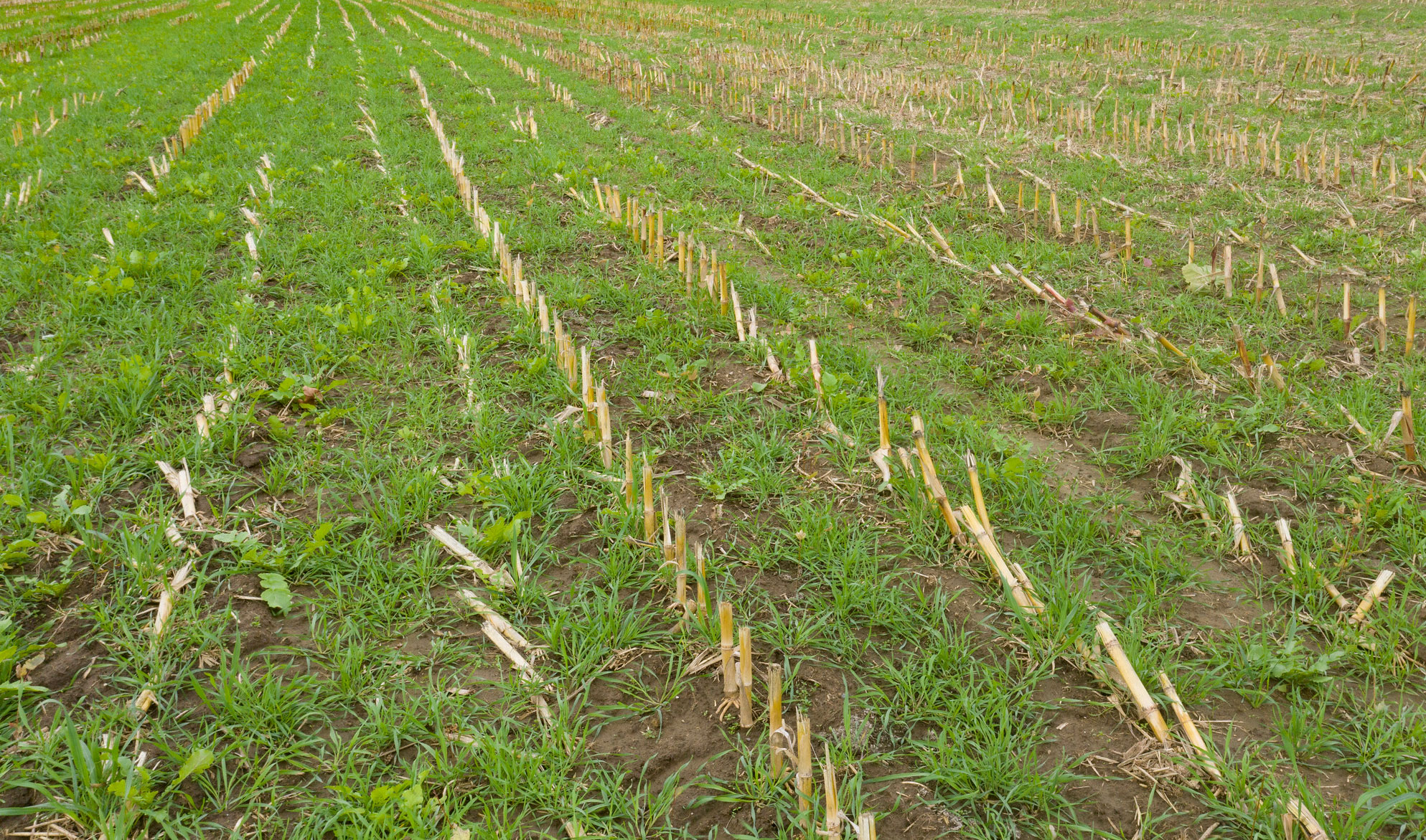
Utilizing Cover Crops for Grazing: An Assessment on Economic Benefits
Grazing cover crops by cattle provides an option to offset cover crop seed costs and increase farm revenue. To facilitate farmers’ decision making, this article will evaluate the economic profitability from grazing cattle on cover crops using a partial budgeting approach.

Choosing Vegetable Varieties for South Dakota
Fact sheet describing characteristics to look for when selecting a vegetable variety to grow in South Dakota.

Growing Raspberries in South Dakota
Fact sheet describing how to grow raspberries in the home garden: selection, planting, and care.

Vineyard Work Calendar
Monthly check list for vineyard work
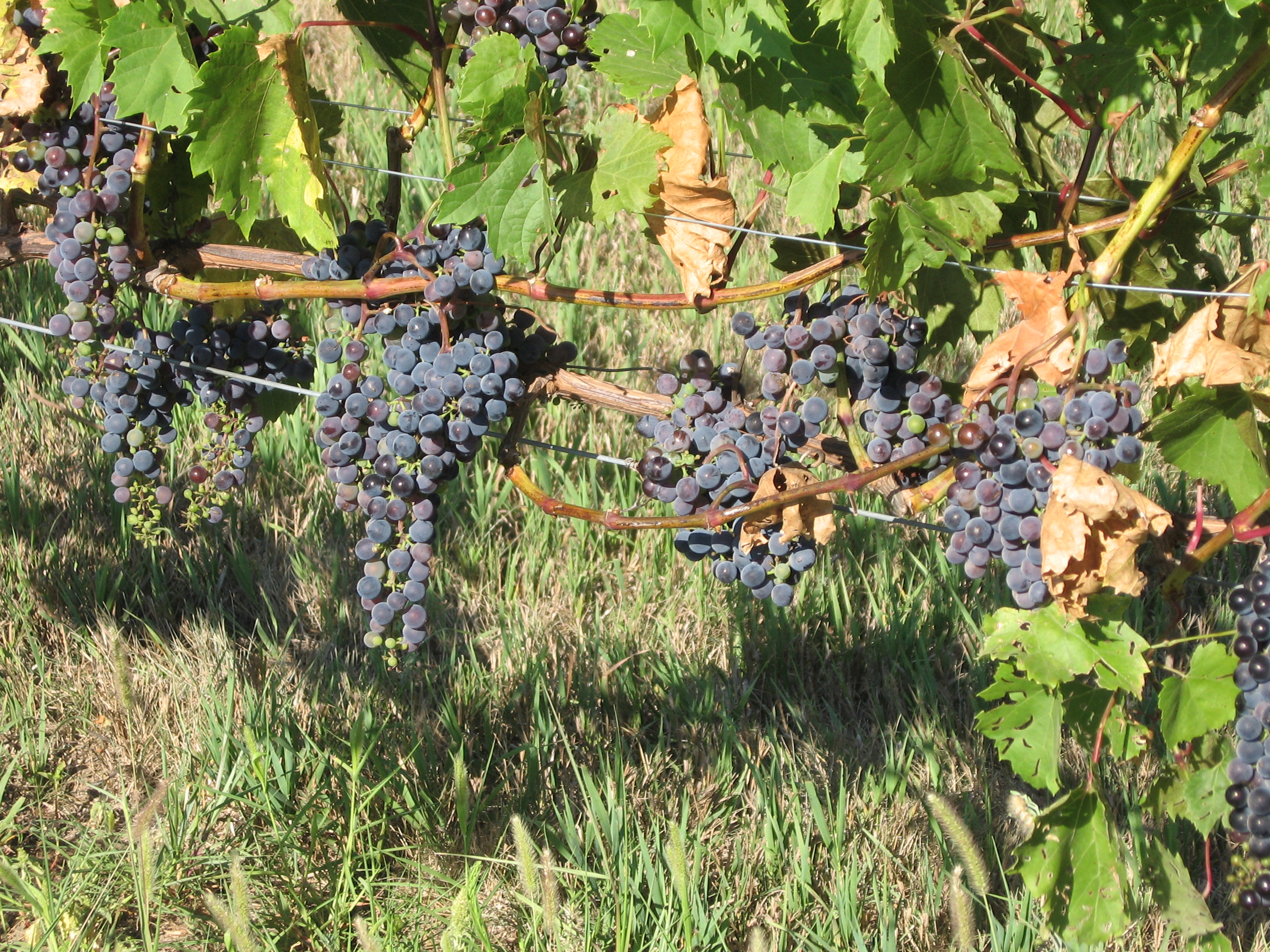
Grape Varieties for South Dakota
Updated list of grape varieties recommended for South Dakota.

Grain Storage Calculator
An Excel based spreadsheet for corn, soybean, spring and winter wheat producers.

Beef Management & Reproduction Report Card
SDSU Extension tool for producers to track the critical management factors that affect reproductive success in beef cattle.
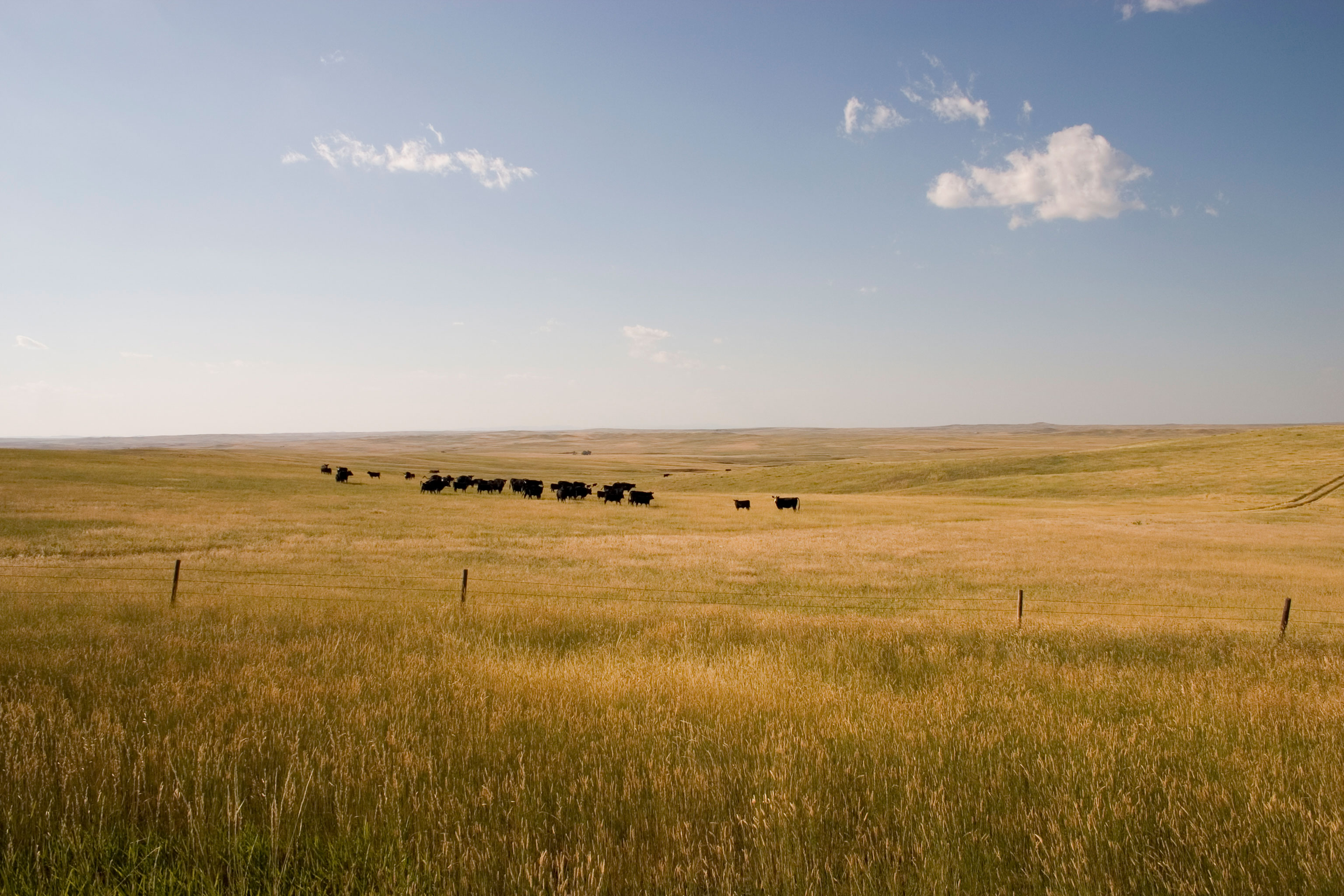
Rotational Grazing Improves Stocking Capacity and Ranch Profitability
Livestock stocking rate is considered as one of the most important decisions that ranchers can make, as heavy stocking rate causes grassland degradation and adversely impact the sustainable delivery of ecosystem services.
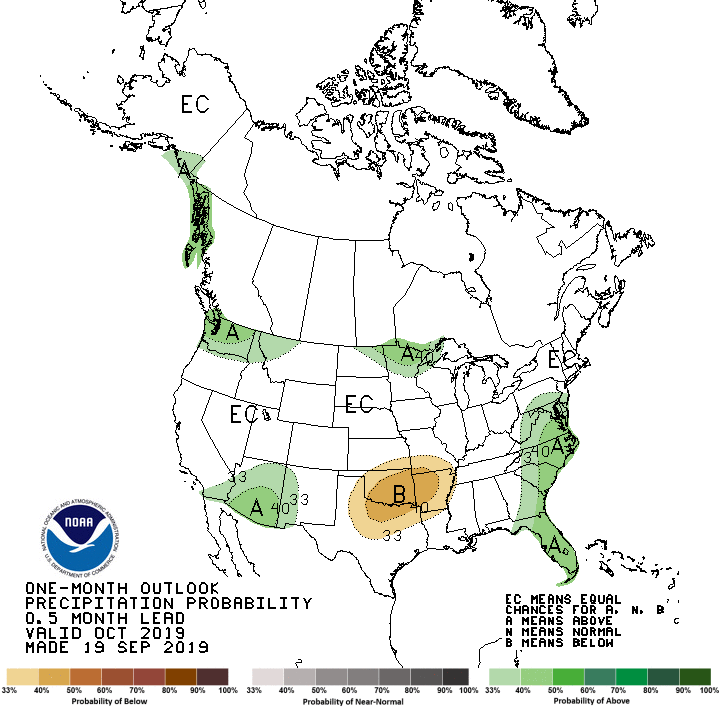
Fall Frost and September Climate Outlook for 2019
September 2019 has been pleasantly warmer than usual, and our crops need every bit of that warmth to reach maturity before our first frost arrives. Fortunately, temperatures have cooled slightly this week but just to near average for this time of year.
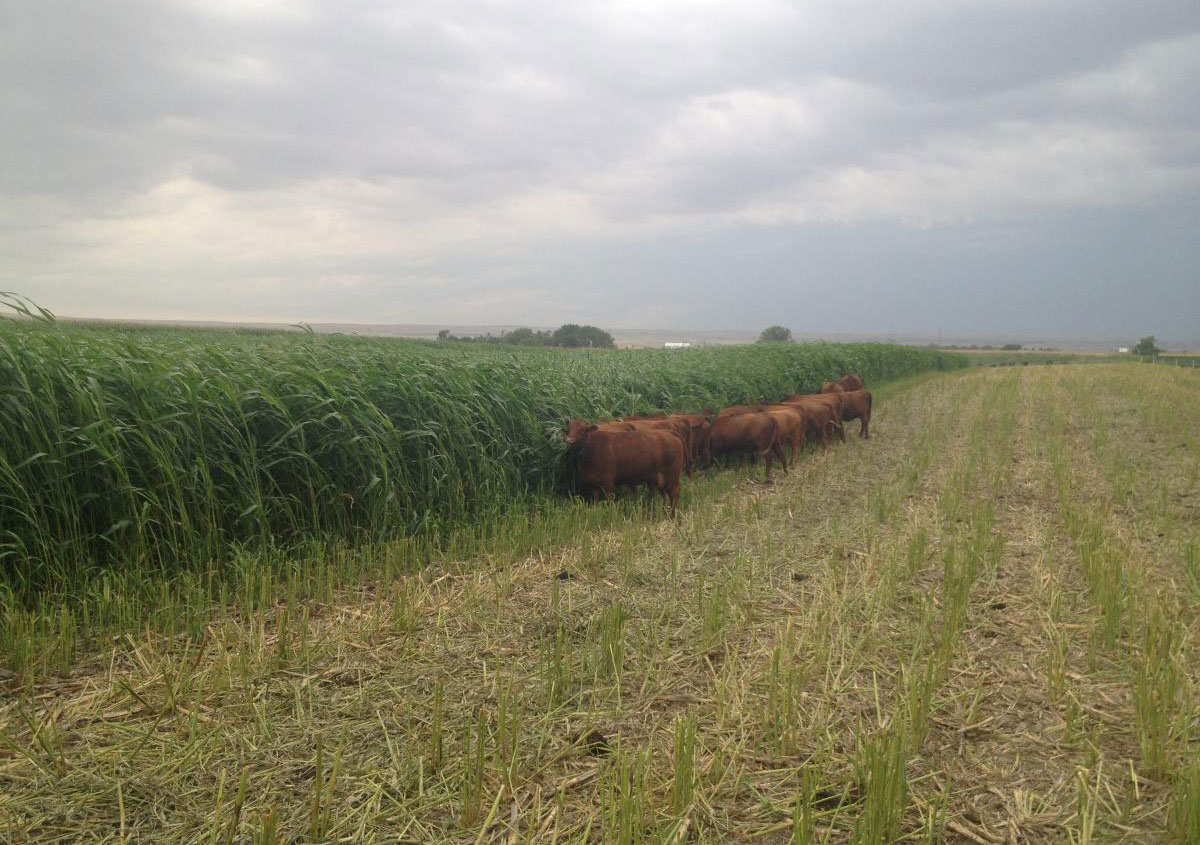
Prussic Acid Poisoning
As the first frost date approaches, producers often have concerns about the risk of prussic acid poisoning in livestock. Certain forage plants, especially sorghums and related species are associated with an increased risk of death loss because of prussic acid poisoning.